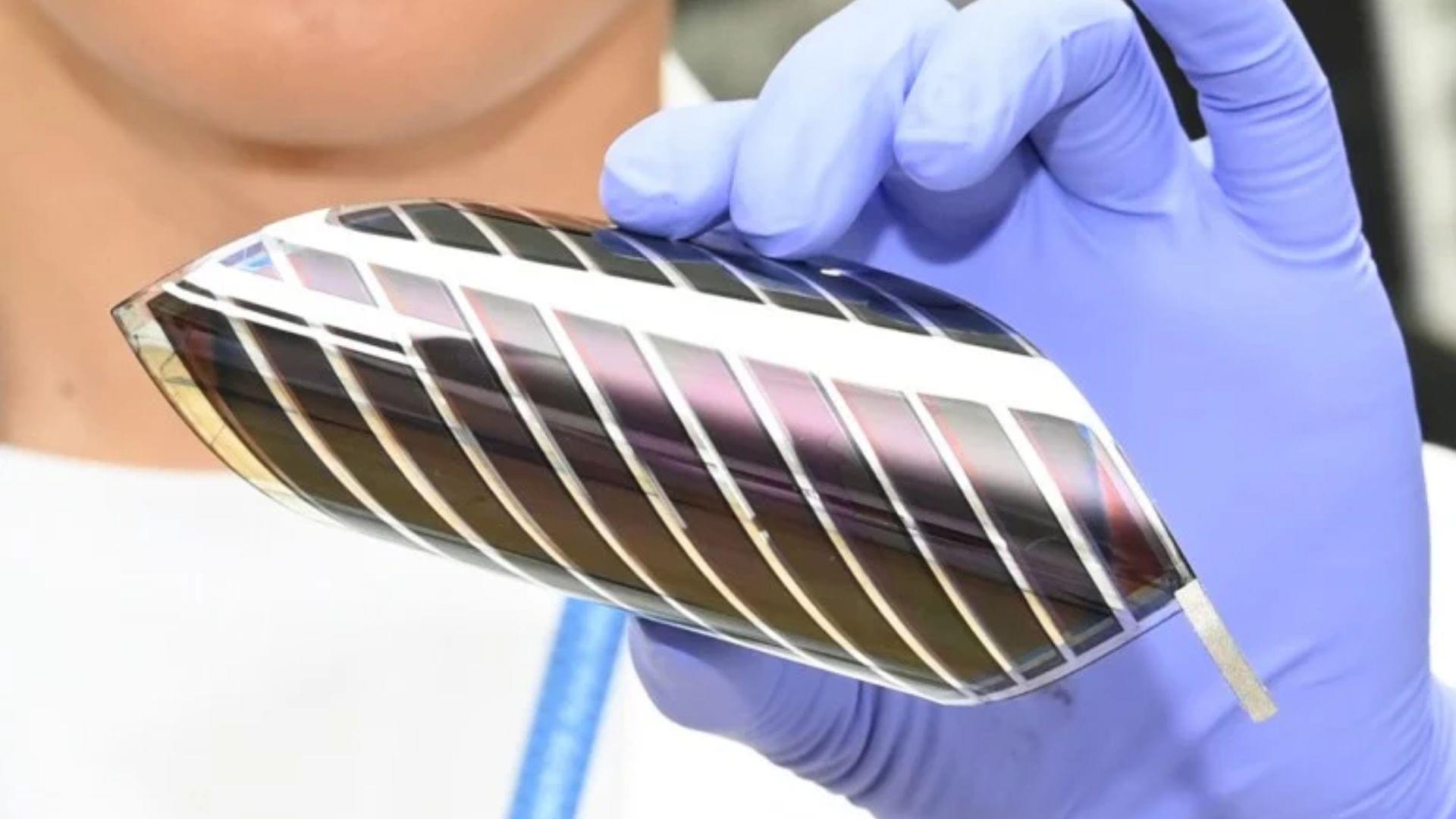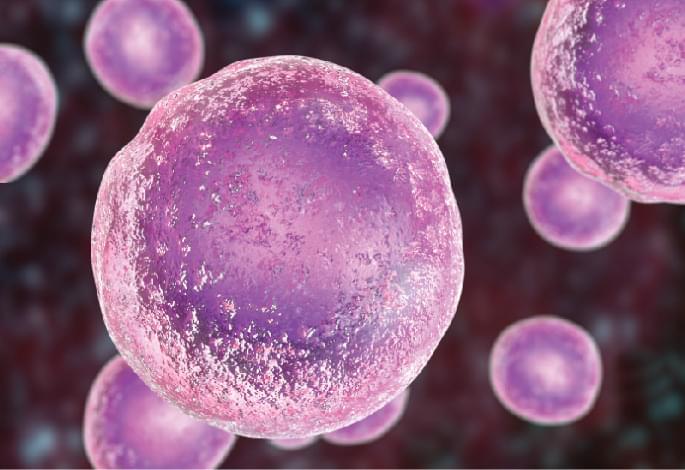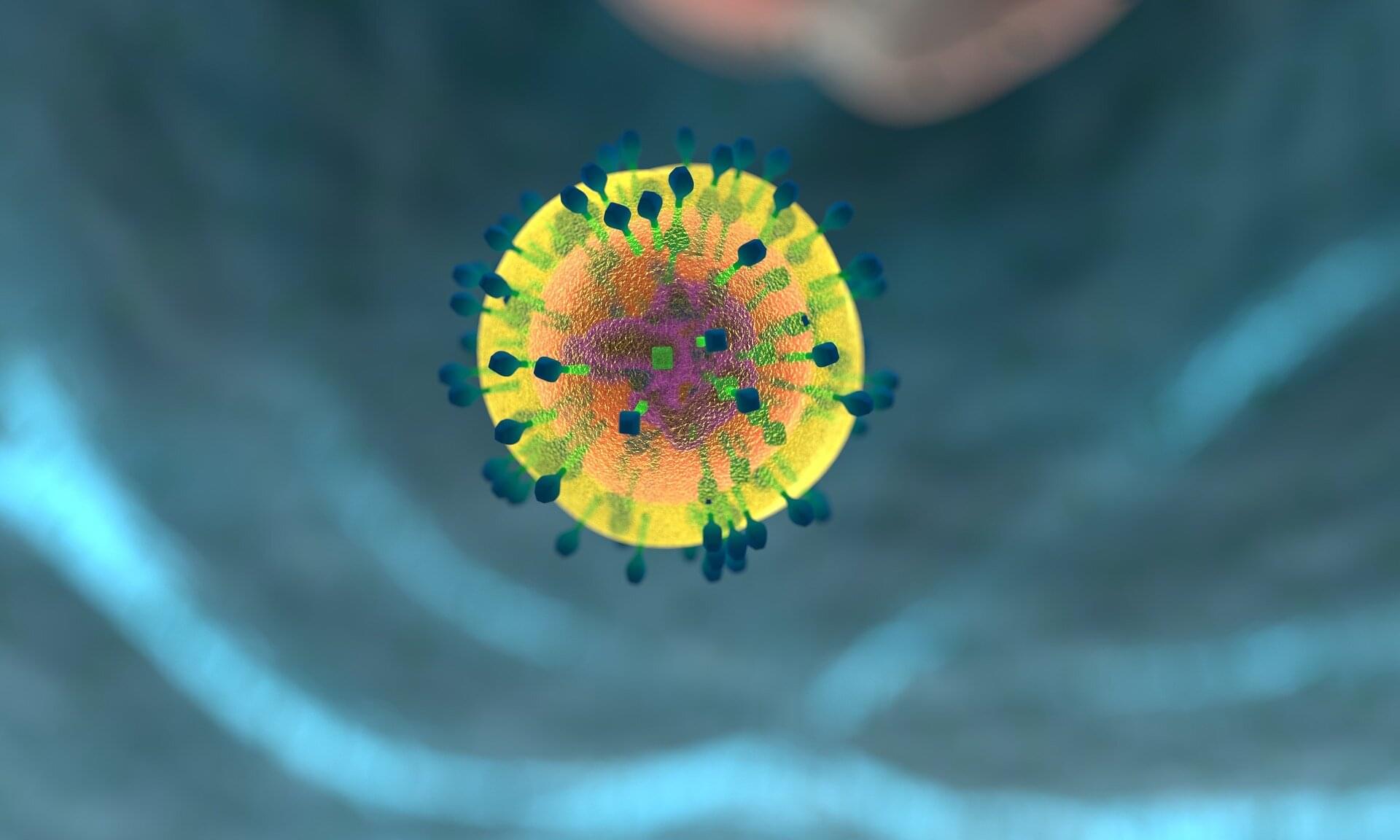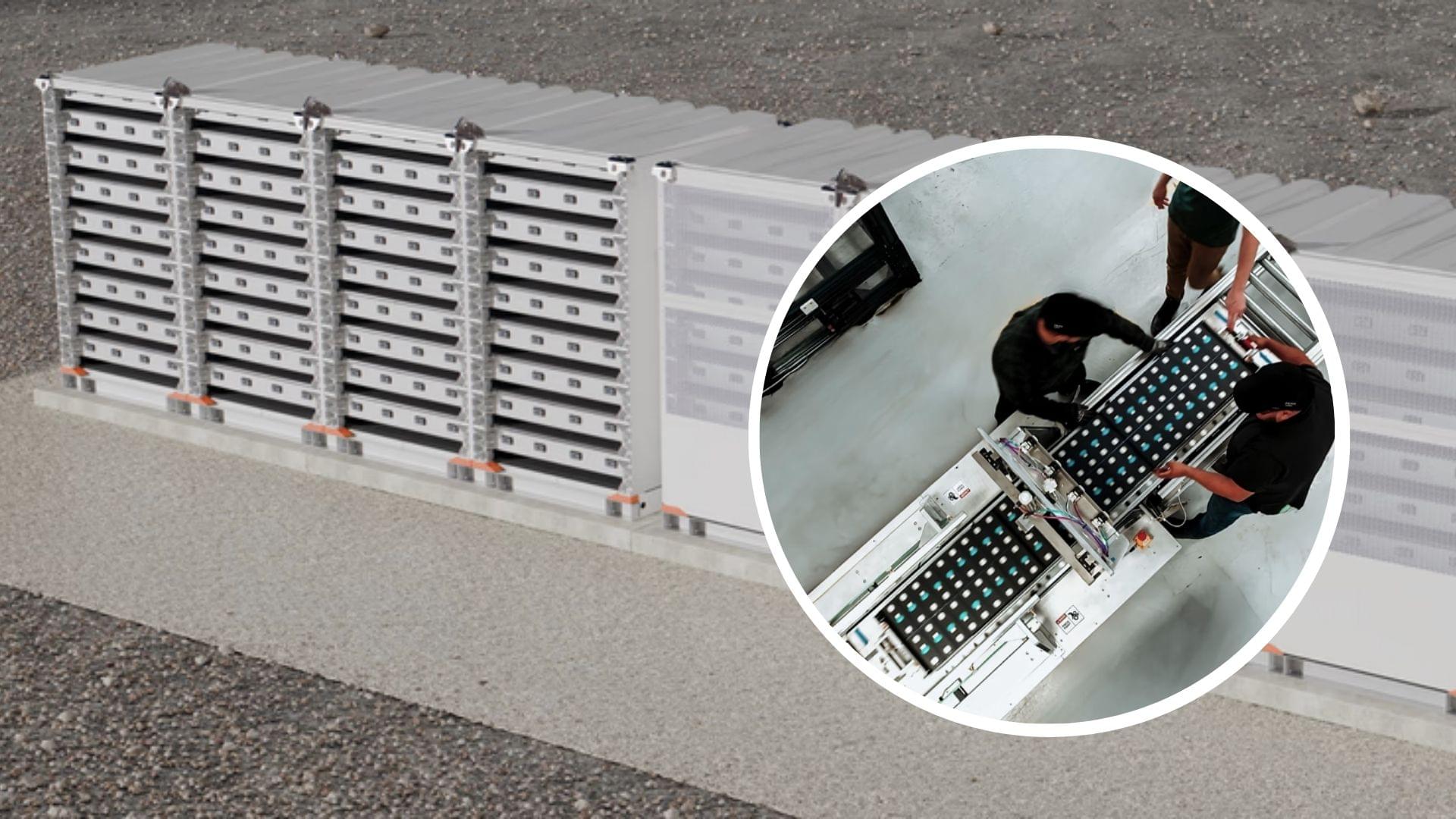This breakthrough technology from KIMS can lower manufacturing costs and overcome critical moisture issues.



A new radioimmunotherapy approach has been shown to successfully eliminate cancer stem cells (CSCs) in preclinical models of ovarian cancer, outperforming the current gold standard. This research, published in the July issue of The Journal of Nuclear Medicine, lays the foundation for further development of radionuclide therapies targeting CSCs, offering renewed hope for more effective treatment options and improved outcomes for patients.
CSCs are highly tumorigenic, self-renewable cells that play a key role in tumor relapse, metastasis, and therapy resistance. Although the clinical significance of eliminating CSCs is clearly recognized and CSC immunotherapies have been examined in preclinical and clinical evaluations, the development of such therapies remains a challenge.
“Radioimmunotherapy enables precise, target-specific delivery of particulate radiation to cancer-associated antigens, while minimizing off-target accumulation and increasing tumor retention and irradiation, which makes it a promising choice for targeting CSCs,” stated Jürgen Grünberg, Ph.D., senior scientist at the Center for Radiopharmaceutical Sciences, Center for Life Sciences at the Paul Scherrer Institute in Villigen, Switzerland.

Kriebs, A. FOXO3-enhanced mesenchymal progenitor cells impede aging in monkeys. Nat Aging 5, 1,186 (2025). https://doi.org/10.1038/s43587-025-00930-1


A paper published in Cell highlights how researchers have leveraged AI-based computational protein design to create a novel synthetic ligand that activates the Notch signaling pathway, a key driver in T-cell development and function.
These so-called soluble Notch agonists can be broadly applied to optimize clinical T-cell production and advance immunotherapy development.
Notch signaling is central to many cellular differentiation processes and is essential in transforming human immune cells into T-cells that target viruses and tumors. But activating Notch signaling in the laboratory has posed a challenge.





CERN scientists have analyzed a particle of antimatter isolated in an undecided quantum state known as a superposition for the first time.
While the quantum behavior of ordinary matter has been studied extensively and even used as the basis of quantum computers in the form of qubits, the breakthrough goes far beyond technological applications, potentially helping physicists understand why we even exist today.
The team suspended an antiproton – the antimatter counterpart of the proton – in a system of electromagnetic traps, and suppressed environmental interference that would mess with the particle’s delicate quantum state.